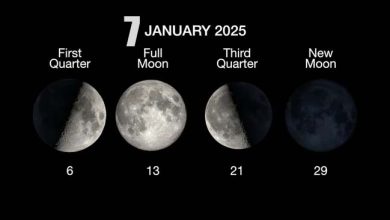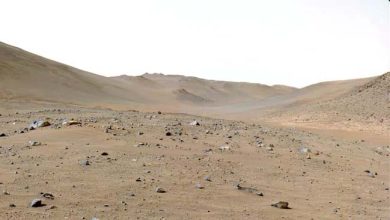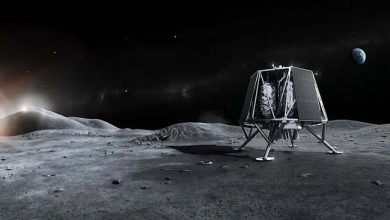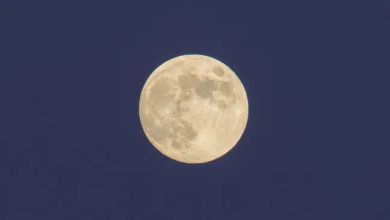Scientists launch Rosetta probe chasing comet
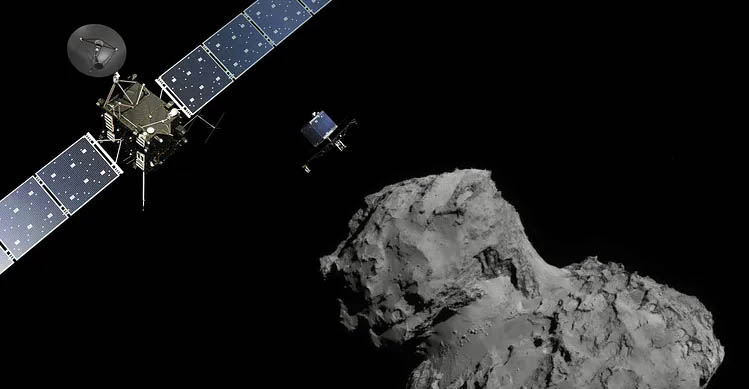
Science: A decade ago, European Space Agency (ESA) scientists completed the years-long process of building a comet-chasing spacecraft named after the Rosetta Stone, the key to deciphering ancient Egyptian hieroglyphics. Scientists hoped the Rosetta mission would similarly uncover new clues to how our part of the universe formed some 4.5 billion years ago. To do that, the mission’s goal was to study an otherwise-extraordinary comet called Comet 67P/Churyumov-Gerasimenko, a 2.5-mile-wide (4 kilometers) frozen rock left over from the formation of the solar system. After a decade-long journey, Rosetta arrived at its target in August 2014. Just hours after the spacecraft arrived, scientists celebrated the first close-up photos of the comet sent home by Rosetta and its lander, Philae. Mark McCaughren, ESA’s senior scientific adviser, called those first snapshots “a scientific Disneyland.” The search for that cosmic wonder led to so many remarkable Rosetta discoveries that scientists found it hard to pick the best. From revealing the comet’s rubber-ducky shape and unique aurora up close to discovering Earth-like gases emanating from the comet, Rosetta’s data contained valuable information about how cosmic fossils — and the solar system — took shape billions of years ago, which thrilled scientists and boosted many careers.
Related: Photos: Europe’s Rosetta comet mission in pictures
“Rosetta is one of the most ambitious and challenging missions ever undertaken, also from a human point of view,” Claire Vallat, who was involved in planning the mission, said in a statement. “It was a long project involving people from all over the world, sometimes belonging to different generations, all learning to work together toward a common scientific goal.” To celebrate the 10th anniversary of Rosetta’s arrival at comet 67P — the first comet that a spacecraft orbited and landed on — scientists from the mission recalled what it was like to see those first images arrive, remarkable scientific findings and other behind-the-scenes glimpses of the mission.

